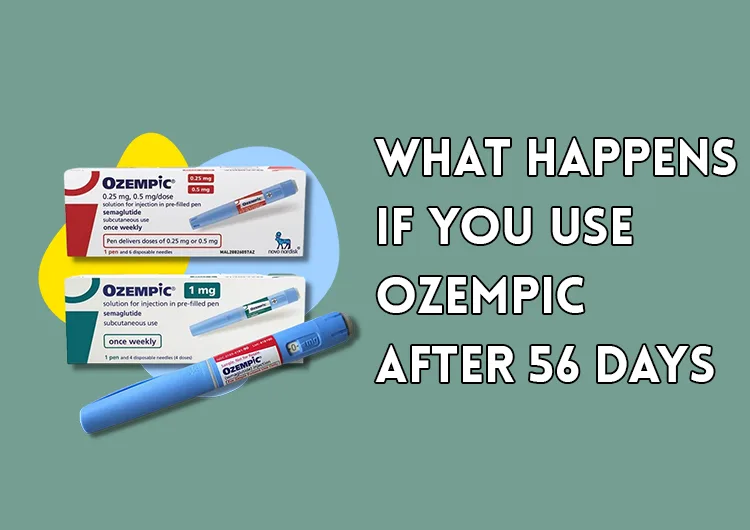Ozempic (semaglutide) is an injectable treatment for type 2 diabetes and should be taken long-term for effective results. To do so safely and correctly, store this medication.
Left unrefrigerated, Ozempic can pose significant health and safety issues. To ensure safe and effective storage practices for Ozempic products. This article
provides advice for safe storing practices.
Essential guidelines for Olympic-level competition also must be observed, including refraining from alcohol consumption and medications that could interfere with blood sugar levels.
What happens if you leave it out of the fridge?
Proper storage of an Ozempic is critical to getting the most out of it. Before beginning treatment, store in a temperature range from 36 to 46 degrees Fahrenheit (2 to 8 Celsius). Avoid extreme temperatures and direct sunlight, which may cause the semaglutide to degrade faster.
Leaving medication out for too long should result in its discard, even if the medicine remains inside. Inspect the pen before use and discard them if they appear discolored or cloudy – otherwise, use them.
Maintain a strict timeline for disposing of your Ozempic pens containing medication and dispose of them every 56 days if there are active prescriptions inside to ensure timely injections. You can adhere to them on time.
What happens if you leave it out of the sun?
Ozempic is an effective medication designed to assist those living with type 2 diabetes in managing their symptoms and leading a healthier lifestyle. Proper
storage of Ozempic is vital to achieve maximum results; otherwise, it could become ineffective and even hazardous when exposed to high temperatures, rendering it useless and unsafe.
Novo Nordisk suggests storing Ozempic at a recommended temperature of 86 degrees Fahrenheit or 30 degrees Celsius, according to their instructions for safekeeping. However, if exposed to higher temperatures, the medication could become ineffective and should be discarded as soon as possible.
Tracking down your Ozempic prescriptions while traveling can be difficult. To avoid missing appointments or waiting until it has to be refrigerated, schedule doctor’s appointments well in advance. Also, mark on your calendar when you open new pens so you know when they need refilling; that way, you won’t run out of medication and can focus on improving your health while increasing your quality of life.
What happens if you leave it out of the freezer?
Maintaining optimal conditions for Ozempic is vital in getting the most out of this powerful diabetes medication. Pre-filled pens only last 56 days in room temperature conditions before they must be discarded even if there’s still medicine inside them; to maximize results, you must follow all storage and usage dates, including following storage instructions carefully and recording usage dates so you know when it’s time for a changeover.
Regardless of your journey, consider purchasing a medical-grade travel cooler to make transporting temperature-sensitive medications like Ozempic easier and TSA-approved for airline flights. They come in various sizes to fit every need and budget – use one now to save yourself problems and money in the future by cutting down on trips to your favorite grocery store!
What happens if you leave it out of the cupboard?
Ozempic is not meant to be stored in the fridge; instead, it should always be protected from direct light and kept out of direct heat and light sources. Extended periods out of its storage may lead to degradation – though this will only happen in extreme heat or light situations.
Ozempic is an aqueous solution, and freezing causes its active ingredient, semaglutide, to break down. By taking expired or subpar Ozempic, blood sugar
control could decrease, leading to higher blood sugar levels and increased risk for adverse events.
People with diabetes should take special care to monitor the expiration dates on their Ozempic pens and ensure they always have an extra pen ready should one of their current ones run out early to ensure treatment continues providing health benefits to patients. In addition, keeping track of this information helps avoid missing injections or accidentally double-dosing medication.
